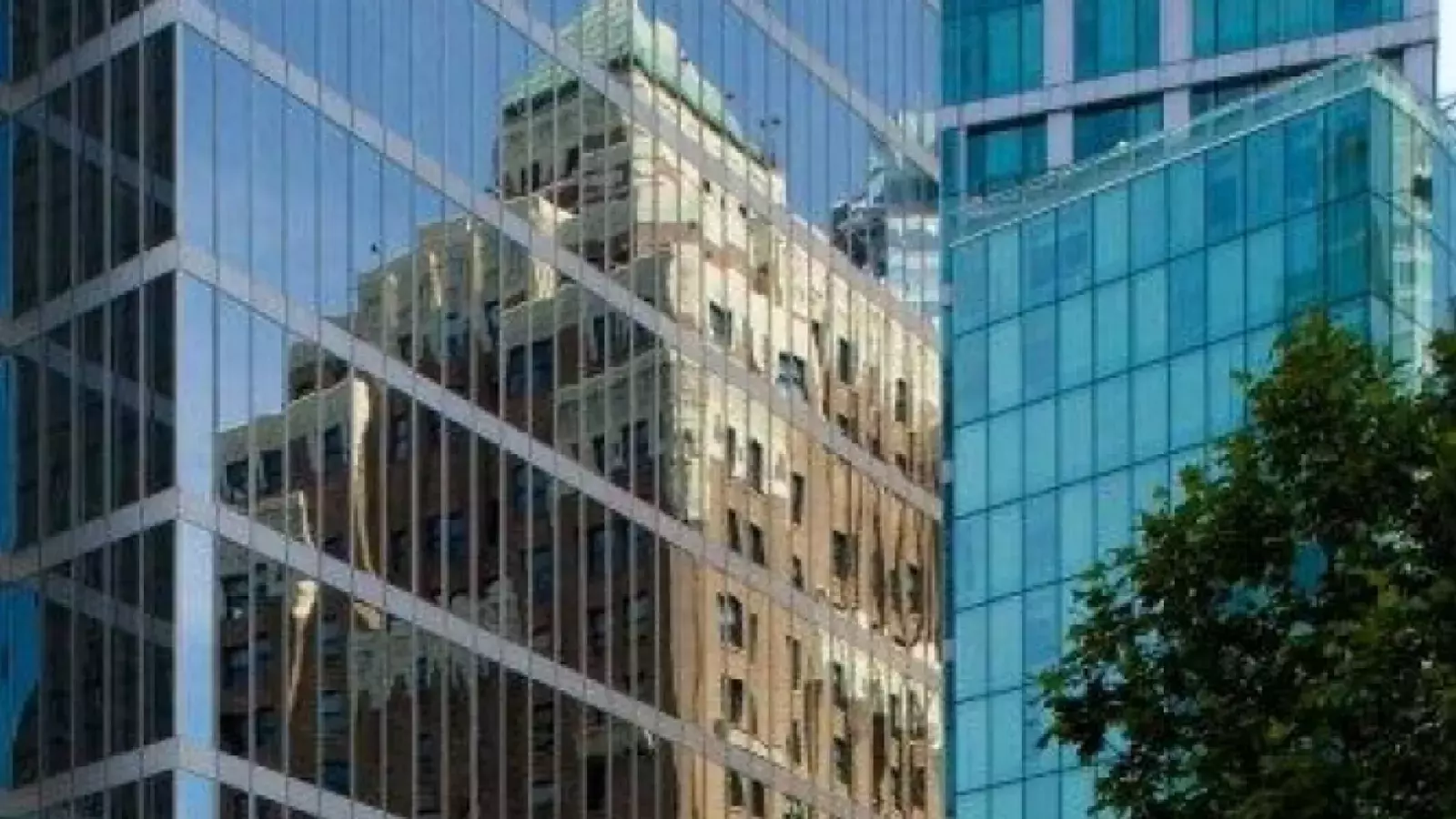- Architectural significance
- Historical significance
- The extent to which the original context of the building and its surroundings remain
- The degree of alteration to the exterior of the building
Post
Cherishing the Past in the Present
June 28, 2011

I just returned from an Alaskan cruise with my parents, both retired teachers, whose promotion and adoration of ‘continuous education’ extends into all facets of life, including holidays. Needless to say, my 7 days asea were spent absorbing and learning about a beautiful state, its people, and then of course, a little vegging on the ship!
This trip got me thinking about looking at Vancouver from a new perspective – as if I was a foreigner in my own city. How would I view this place? How would I understand the history and culture? One way, would be through the city’s built heritage.
Vancouver’s Heritage Register, adopted in 1986 contains a listing of 2,172 buildings and structures, streetscapes, landscape resources and archaeological sites, which have architectural or historical heritage value.These listings are evaluated with the following criteria:


